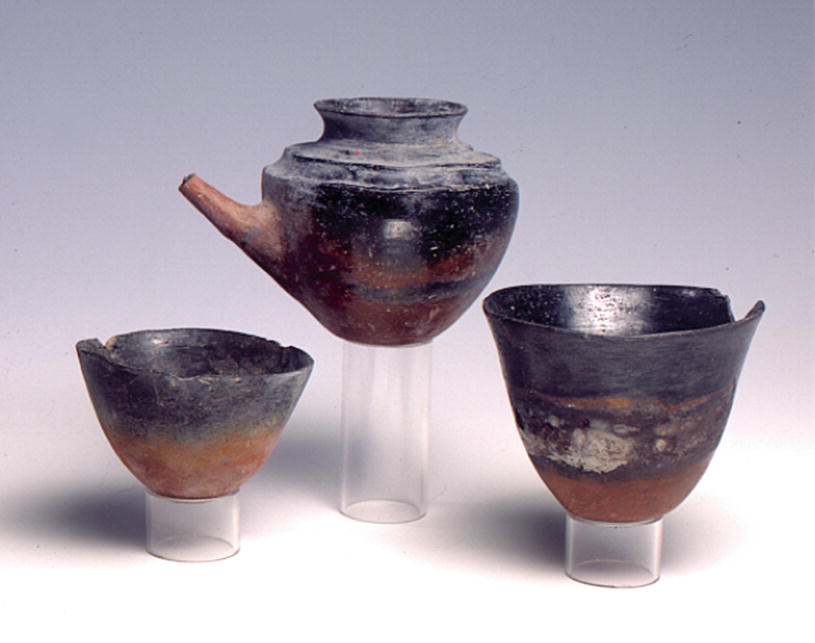Temper addition produces different effects on thermal conductivity.
Limestone temper in african ceramics.
1 part sand to 9 parts clay equals a 10 mixture etc.
Calcium carbonate in the mineral form of calcite the predominant component of limestone makes sticky clay more workable but it also causes pots to spall if fired over 600 c.
It is often characterized by the adoption and use of riverine or more rarely marine shell tempering agents in the clay paste shell tempering is one of the hallmarks of mississippian cultural practices.
The kind and amount of tempering is key to reproducing ancient pottery just as it is in identifying ancient pottery.
For the same reason in quartz tempered ceramics young s modulus increases with temper content from 7 to 10 gpa while it decreases with limestone addition passing from 7 0 gpa of non tempered.
Limestone temper is common in late woodland period pottery from the central united states.
Crushed limestone pasco and perico series pottery cross section of limestone tempered sherd.
Limestone can add warmth to the floor whereas ceramic tiles are much colder and more sterile.
Mississippian culture pottery is the ceramic tradition of the mississippian culture 800 to 1600 ce found as artifacts in archaeological sites in the american midwest and southeast.
While quartz improves the conductivity of the ceramic body limestone always lowers it.
It can be installed in slabs bricks planks or tiles.
Quartz sand sand temper.
The low end of the open firing temperature range.
To add the temper select the amount of damp clay you think your pot will take and form it into a ball.
Limestone flooring is highly attractive long lasting and even non slip for safety with pets and children.
Thin section view of fiber tempered sherd showing carbonized fibers in some fiber temper voids width of image 2 5mm.
Pasco plain limestone tempered pottery.

